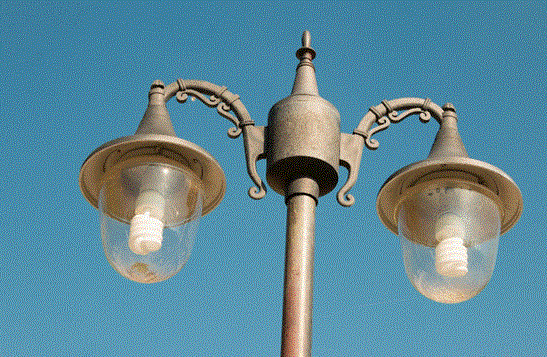Did you know that the global precast concrete market is projected to reach $122.58 billion in 2025? This shows the growing popularity of precast concrete in the construction industry.
This concrete is a versatile and durable construction material. It’s made in a controlled environment and then transported to the site. It is changing the building industry with its smart approach to materials.
In this guide, you will learn about the benefits, uses, and types of this concrete. Read on to improve any construction project.
The Benefits
One of the primary advantages is its efficiency. Production in a controlled environment leads to high-quality materials that cure properly.
Additional benefits include:
Cost-Effective
By standardizing the production process, the concrete reduces labor and material costs. It allows for faster construction, which saves both time and money. This leads to fewer delays and lower overall project expenses.
Speed of Construction
Workers can manufacture precast elements while preparing the site. This reduces the overall construction timeline. Crews can install the precast pieces as soon as the site is ready.
Versatility
Any form or size can be achieved using prefabricated pieces, therefore fulfilling the particular requirements of a project. It performs nicely for both large- and small-scale buildings. This adaptability qualifies it for a great variety of uses.
Common Applications
Both residential and commercial buildings find great use for prefabricated concrete. Here are a few:
Infrastructure
Because concrete is sturdy and long-lasting, bridges, tunnels, and utility buildings employ it. It helps ensure safety and longevity in infrastructure projects.
The concrete can withstand harsh weather and heavy loads. It resists wear and tear. This makes it perfect for durable infrastructure.
Building Components
Walls, slabs, and floor systems often incorporate precast elements. This approach facilitates efficient assembly and reduces construction time.
Aesthetic Features
Precast concrete can also serve decorative purposes. With various finishes and colors, it can enhance the visual appeal of buildings. This offers design options.
Types of Precast Products
Knowing the several categories will enable you to select the appropriate one for your job. Some common types include:
Precast Panels
Usually used for walls and facades, these panels provide outstanding soundproofing and insulation. Fast installation of these panels accelerates the building. They also require minimal maintenance over time, making them cost-effective.
Precast Beams and Girders
Essential for supporting load-bearing structures, these components are key to building safety. They provide strong support for floors, roofs, and bridges.
Precast Poles
Lighting, signage, and utility needs all find applications for prefabricated poles. Installation of these concrete poles is simple and maintenance required is low.
They can also be used as concrete power poles. They offer reliable support for electrical lines.
Comparing Precast to Other Materials
When selecting materials, it’s essential to weigh the benefits of precast concrete against alternatives. For instance, consider a concrete light pole compared to other materials. While wood may be less expensive, it has a shorter lifespan and is susceptible to rot.
Conversely, steel poles give strength but could be prone to rust. An excellent balance of cost, durability, and aesthetic appeal is maintained with prefab concrete.
Understanding Precast Concrete
Modern buildings would benefit much from prefabricated concrete. In terms of design flexibility, cost-effectiveness, and efficiency it provides are rather strong.
Knowing its advantages and applications helps builders and architects to get more competitive. These resources will enable better, more environmentally friendly constructions. If you are selecting concrete for your next project, give these varieties some thought.
Should you find this content interesting, visit our site for more.
If you want morе еxciting contеnt visit. Globallyviz.com














Comments